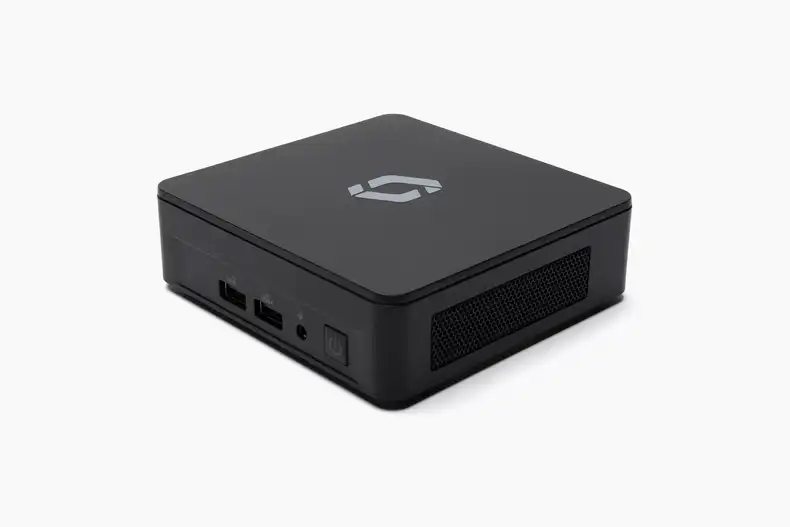We have redacted names in this article for privacy.
At Screenly, we are consistently amazed and surprised by our users’ innovative applications of Raspberry Pi based digital signage. Recently, we covered digital sign innovations in the real-estate industry and also in the vending machine market. In this post, we focus on another unique use case: digital signs for the blind and visually impaired.
A school for the blind and visually impaired first pioneered the use of digital signs with this demographic. The school started with just eight students and a single schoolhouse. Today, the school has grown to include early childhood, K-12, college, and career-readiness programs. One of the school’s major strong points is its focus on technology, and, in the spirit of this focus, the school launched its first digital signage deployment.
The digital signage solution
One of the school’s web developers, a former student of the school himself, spearheaded the school’s digital signage deployment. To make digital signage accessible to the blind and visually impaired, the developer placed a small QR code in the same position on the side of each screen. The QR code serves as the primary interaction point between the blind and visually impaired students and the actual digital sign. Otherwise, the digital sign deployment is a standard setup with a Screenly Player and Screenly software.
When visually impaired or blind students want to interact with the digital sign, they simply scan the QR code with their smartphone. Once the student scans the QR code, the student’s smartphone then opens the same Google Slides that are displayed on the digital sign. Visually impaired students can then magnify the contents of the digital sign on their smartphone, and blind students can have their smartphone read them the content out loud.
An exciting use of digital signage
According to the school’s internal research (and our research too), this application of digital signage appears to be unique to the school. This exciting use of technology follows previous technology efforts from the school for their visually impaired and blind students. These past efforts include deployments of voice-activated computers and screen magnifiers. Students have adapted to the digital signs well, and many students get excited to scan the QR code each time the school updates their digital sign content.
The school believes that technology helps its students better access their world. At Screenly, we share this belief. We hope that through innovative solutions like those described in this article, all people can benefit from digital signage, regardless of any disabilities.
Benefits of digital signage for school administrators and staff
Just as Screenly is helpful for students, Screenly is also helpful for school administrators and staff. Screenly’s digital signage content management platform enables school employees to quickly and easily change their digital sign content from a central web interface. Those responsible for managing the school’s digital signs only need to upload content and assign it to their desired screens. The content then displays on the school’s screens in minutes. This process is much easier when compared to the alternative process of changing out content by hand with a USB drive. This manual process for digital signage management takes a lot of unnecessary labor hours from school employees, and this unnecessary time can become quite burdensome when there are multiple digital signs that need to be managed.
Screenly also makes it easy for school employees to manage multiple screens at a time. For example, perhaps there is separate content for the elementary school digital signs and library digital signs. Screens in these different sections of the school can be put into separate “Groups” within the Screenly interface. Those managing the school’s digital signs can then update content once for each group, and this updated content will then populate to all the screens that are in the group. With this feature, school employees no longer need to update each screen one by one.
How do I get a digital sign at my school?
To launch a digital sign at your school, you need three components. First, you need a digital signage player. This device renders your digital sign content to your screen. Screenly’s digital signage player, the Screenly Player, can be purchased with our Screenly Box 0 product. This product bundles a Screenly Player with all required connection cords into a single, convenient box. Next, you need a subscription to digital signage management software. You can register for Screenly’s digital signage management software here. Lastly, you need an actual screen for your digital sign. You don’t have to purchase anything fancy. All you need is a TV or monitor that can display 1080p HD content and accept HDMI input.
If you have any questions regarding setting up a digital sign at your school, don’t hesitate to reach out to us!





